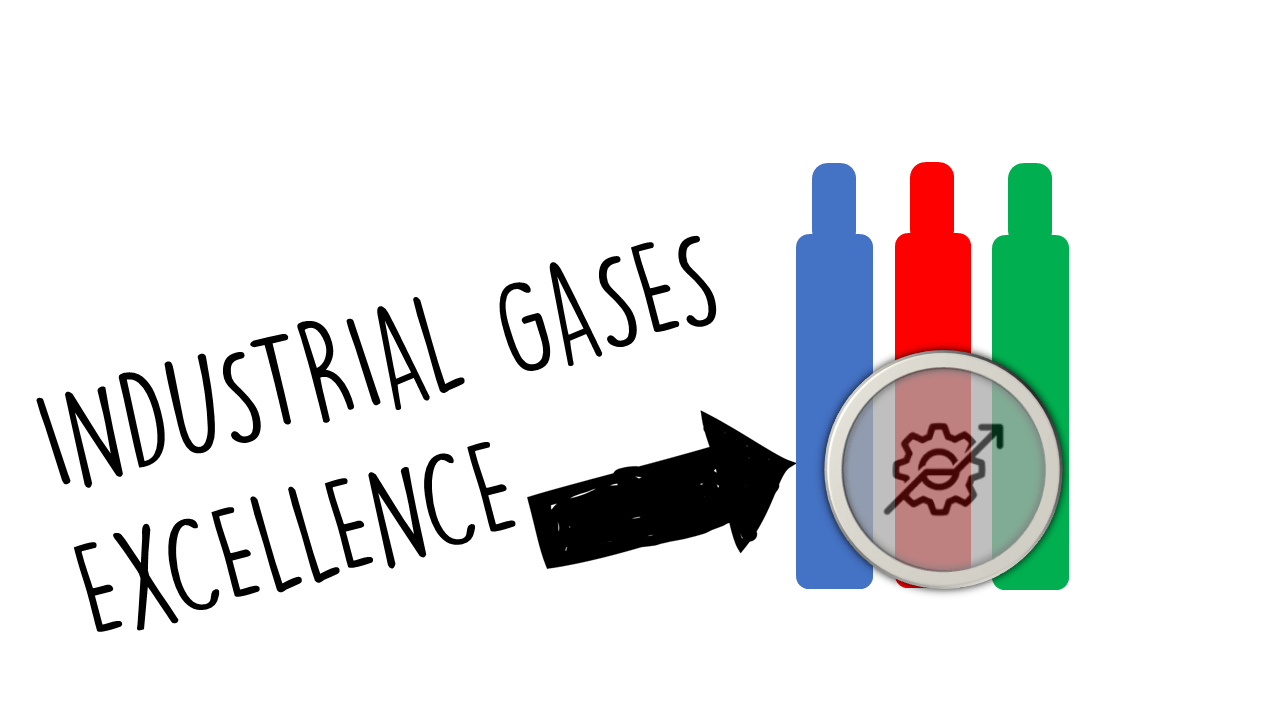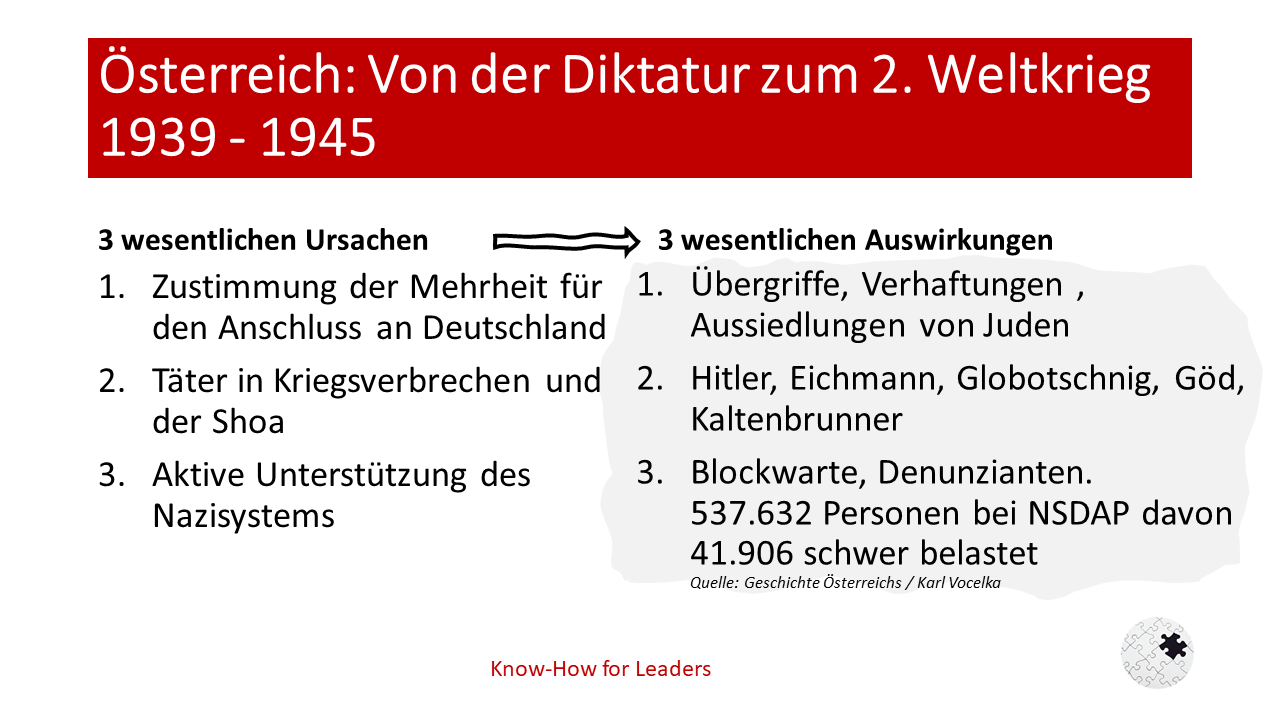Industrial gases play a pivotal role in numerous industries, including healthcare, manufacturing, food and beverage, and electronics.
While operations are often optimized for cost reduction and efficiency, many organizations overlook the potential for hidden revenues within their industrial gases operations.
By effectively framing and re-framing strategies around industrial gases excellence, companies can uncover new revenue streams, enhance customer relationships, and drive sustainable growth.
This document explores the concept of hidden revenues, outlines action steps, presents case studies, and concludes with a broader perspective on industrial gases excellence.
Framing and Re-Framing
Framing: Understanding Hidden Revenues
- Value Beyond Cost: Frame industrial gases as more than just a commodity; they are a vital component that can enhance production processes, quality control, and safety measures.
- Broader Economic Impact: Highlight how optimizing gas use can lead to significant cost savings and increased productivity, translating into hidden revenue opportunities.
- Sustainability as a Revenue Driver: Position sustainability initiatives related to gas usage, such as reducing emissions or increasing energy efficiency, as potential revenue sources through tax incentives or improved brand image.
Re-framing: Innovations for Maximizing Revenue
- Product Development Synergies: Re-frame the relationship between gases and product quality, emphasizing how specific gas mixtures can enhance product features, leading to premium pricing opportunities.
- Service Expansion: Shift focus toward value-added services, such as tailored gas supply solutions, technology installations, and maintenance contracts that can generate recurring revenue.
- Data Analytics Integration: Emphasize the role of data analytics in optimizing gas usage, enabling predictive maintenance, and improving process efficiency, which can uncover new business models.
Action Steps
Inventory Optimization and Management
- Implement inventory management systems that utilize predictive analytics to align gas supply with customer demand, reducing waste and excess stock while ensuring availability.
Customer Education and Engagement
- Develop educational programs to inform customers about the benefits of using specific gases or gas mixtures, creating opportunities for upselling higher-value products.
Customization of Gas Solutions
- Offer customized gas solutions tailored to meet specific industry needs, thereby differentiating the service offering and creating additional revenue streams.
Partnerships for Innovation
- Collaborate with research institutions and technology providers to innovate new gas applications or improve existing products, opening new markets and revenue paths.
Sustainability Programs
- Launch sustainability initiatives focused on reducing carbon footprints and energy consumption, positioning the company as an industry leader and potentially qualifying for subsidies or credits.
Case Studies
Case Study 1: Air Liquide – Innovative Value Services
Background: Air Liquide recognized that optimizing gas use could unlock hidden revenue in the food processing sector.
Implementation:
- Developed specialized gas mixtures for modified atmosphere packaging (MAP) that extended the shelf life of products.
- Provided training on optimal gas usage and packaging solutions to customers.
Outcomes:
- Resulted in a15% increase in product sales for clients and a 10% rise in Air Liquide’s gas sales through upselling and enhanced customer loyalty.
Case Study 2: Linde – Data-Driven Solutions
Background: Linde sought to leverage data analytics to enhance operational efficiency and uncover new revenues.
Implementation:
- Installed IoT sensors in customer facilities to monitor gas consumption in real-time, enabling the identification of inefficiencies and opportunities for optimization.
- Offered analytic reports and recommendations as a service.
Outcomes:
- Clients reported an average of 20% reduction in gas consumption costs, leading to increased sales of value-added consulting services for Linde.
Case Study 3: Praxair – Custom Gas Solutions
Background: Praxair aimed to differentiate its service offerings to capture hidden revenues in manufacturing.
Implementation:
- Engaged customers in co-developing tailored gas solutions that matched their specific processing needs, particularly in metal fabrication and semiconductor industries.
Outcomes:
- The initiative led to a significant 25% increase in custom gas orders and strengthened long-term contracts with key customers.
Conclusion
Industrial gases represent a substantial area for untapped revenue potential.
By framing these gases as integral components of value creation and re-framing the narrative to emphasize innovation, customer collaboration, and sustainability, companies can unlock hidden revenues.
The action steps outlined here provide a roadmap for organizations to optimize their operations, strengthen customer relationships, and enhance profitability.
The case studies illustrate real-world applications of these principles, demonstrating the viability of the strategies proposed.
In an increasingly competitive landscape, embracing the concept of industrial gases excellence can be a game-changer for organizations seeking growth and sustainability.





